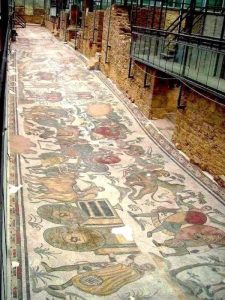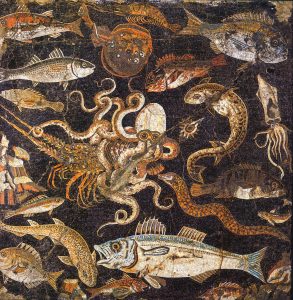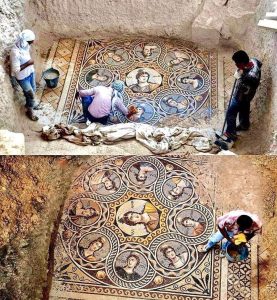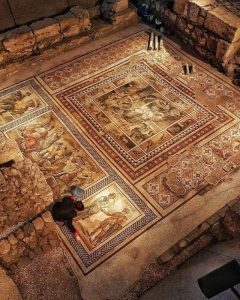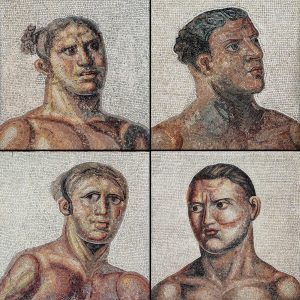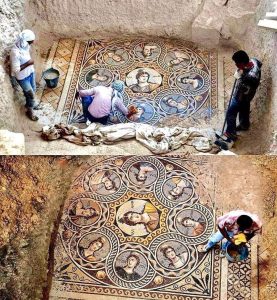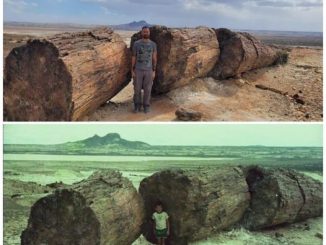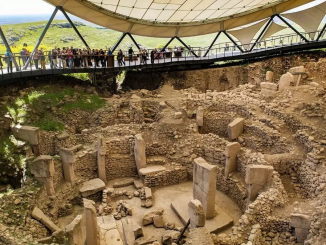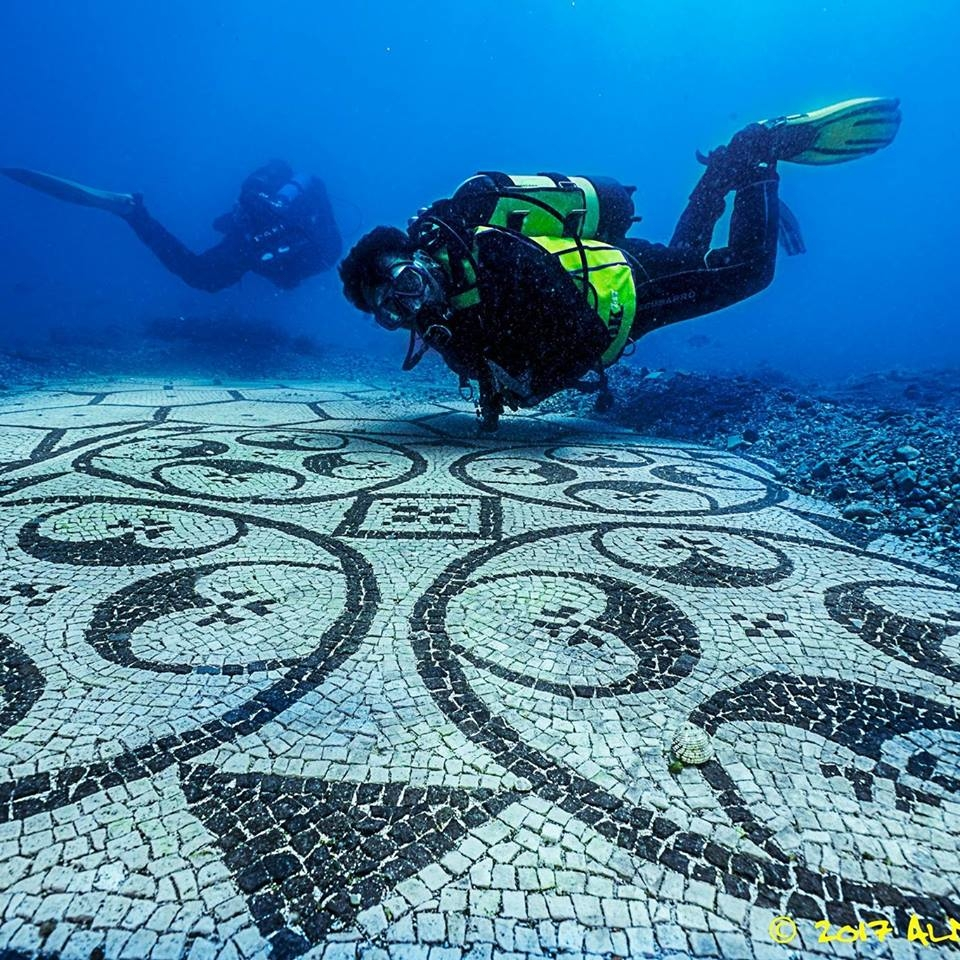
Nestled along the picturesque coast of the Bay of Naples lies the ancient resort town of Baiae, where the elite of Roman society once indulged in hedonistic pleasures and lavish leisure. Today, Baiae is renowned for its stunning underwater archaeological park, where the remnants of opulent villas and decadent mosaics offer a tantalizing glimpse into the extravagant lifestyle of the Roman elite during the 1st century BC. In this blog post, we embark on a journey to uncover the secrets of Baiae’s mosaic floors and delve into the fascinating world of underwater archaeology.
Uncovering the Treasures of Baiae’s Villas
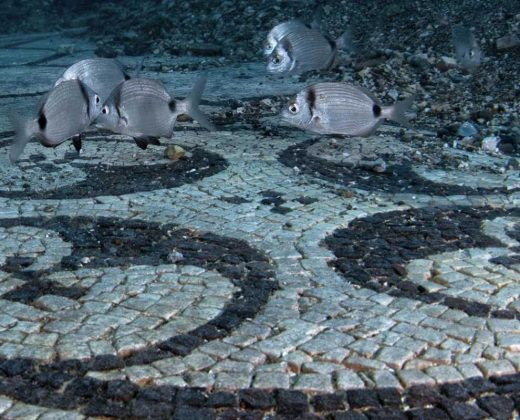
Baiae was a playground for the rich and powerful during the height of the Roman Empire, attracting statesmen, emperors, and aristocrats seeking to escape the hustle and bustle of city life. The town boasted luxurious villas, thermal baths, and opulent gardens, where holidaying Romans would gather to socialize, entertain, and engage in all manner of leisurely pursuits. Among the most striking features of Baiae’s villas are the intricately designed mosaic floors, which adorned the grand halls and reception rooms of these sumptuous residences.
The mosaic floors of Baiae’s villas are a testament to the skill and artistry of ancient Roman craftsmen, who painstakingly pieced together intricate designs using colorful tiles and stones. These elaborate floor coverings depicted scenes from mythology, nature, and daily life, serving as both decorative embellishments and symbolic expressions of wealth and status. From the grandeur of a mythological banquet to the tranquility of a serene garden landscape, each mosaic told a story and provided a glimpse into the tastes and aspirations of Baiae’s elite residents.
Today, the underwater archaeological park of Baiae offers visitors a unique opportunity to explore the sunken remains of this ancient resort town and marvel at its submerged treasures. Guided tours and diving expeditions allow intrepid adventurers to swim among the ruins of Baiae’s villas and witness firsthand the splendor of its mosaic floors. As they glide through the crystal-clear waters, visitors can imagine themselves transported back in time to an era of opulence and extravagance, where pleasure and leisure reigned supreme.
Preserving the Legacy of Baiae: The Role of Archaeology
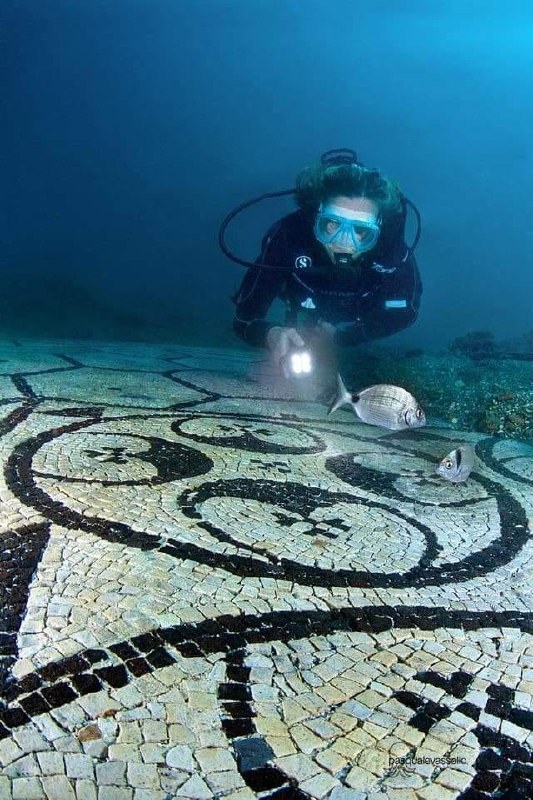
The archaeological exploration of Baiae’s underwater park plays a vital role in preserving the cultural heritage of this ancient site and ensuring that its legacy endures for future generations. By carefully documenting and studying the submerged remains of Baiae’s villas and mosaics, archaeologists can piece together the puzzle of its rich history and shed new light on the lives of its inhabitants. Through their efforts, the stories of Baiae’s opulent past continue to be told, captivating the imagination of scholars and enthusiasts alike.
Unveiling the Mysteries of Baiae’s Mosaic Floors
In conclusion, the mosaic floors of Baiae’s ruined villas stand as silent witnesses to the opulence and extravagance of Roman society during the 1st century BC. These intricate works of art not only adorned the grand halls and reception rooms of Baiae’s elite residences but also served as symbols of wealth, status, and cultural sophistication. Today, the underwater archaeological park of Baiae offers a tantalizing glimpse into this bygone era, allowing visitors to marvel at the beauty and craftsmanship of its mosaic floors while exploring the submerged ruins of this ancient resort town. As we continue to uncover the secrets of Baiae’s past, we are reminded of the enduring allure of the Roman Empire and the timeless fascination of underwater archaeology.
